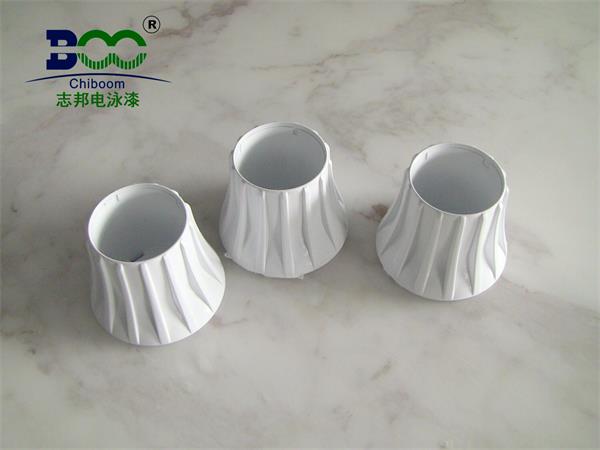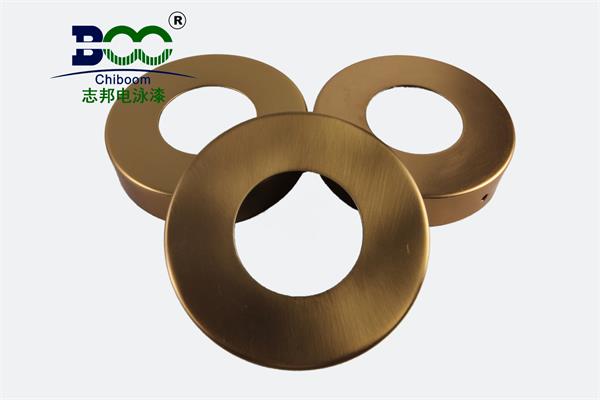What Causes Bumps on Electrophoretic Paint Surfaces?
Electrophoretic paint, with its excellent anti-corrosion and aesthetic effects, is widely used in industrial product surface treatment. However, sometimes annoying bumps, known as “bubbles” or “pimples,” may appear on the finished product surface. This not only affects the appearance but may also hide quality risks. So, how are these bumps formed?
To understand the reasons, we first need to grasp the principle of electrophoretic coating. This is a complex physical and chemical process involving electrolysis, electrophoresis, electro-deposition, and electro-osmosis. Any abnormality in any link may lead to coating problems. Surface bumps are usually caused by stress or the expansion of gas/liquid within the coating or at the interface.

Incomplete pre-treatment is one of the common causes. Before electrophoresis, the workpiece needs to undergo steps such as cleaning, degreasing, pickling, surface adjustment, and phosphating. If the pre-treatment is not thorough, residues of oil, rust, acid solution, or pre-treatment agents on the workpiece surface may become the source of defects. These residues may undergo chemical reactions or physical changes during electrophoresis and baking, producing gas or liquid, which leads to the bumping of the paint film.
The management of the electrophoresis tank liquid is also crucial. Impurities in the tank liquid, such as sediment from pre-treatment, rust powder shed from the workpiece, or even foreign matter mixed in due to improper operation, may adhere to the workpiece surface. Under the action of the electric field, these impurities may hinder the normal deposition of the paint film, forming weak points. During baking, these points may bulge due to stress concentration or the release of internal gas. In addition, if the parameters of the tank liquid, such as pH value, conductivity, temperature, and solid content, are not controlled properly, it will also affect the formation and quality of the paint film, increasing the risk of bumps.
The setting and control of process parameters are also critical. Electrophoretic voltage, time, tank liquid temperature, and other parameters directly affect the thickness and uniformity of the paint film. Excessive fluctuations or unreasonable settings of these parameters may lead to uneven stress distribution within the paint film. Especially during the baking process, improper temperature control is a common cause of bumps. Too rapid temperature rise will cause the solvent and moisture to evaporate sharply, generating internal pressure; insufficient or excessive holding time may lead to incomplete or excessive cross-linking reactions, which are prone to cause blistering, cracking, or bumping of the paint film.
The factors of the workpiece itself should not be ignored. If the workpiece already has deformation or excessive internal stress before electrophoresis, or if the design has sharp corners, gaps, or other structures, these areas are prone to stress accumulation. During electrophoresis and baking, the stress is amplified, leading to the first occurrence of bumps or cracking of the paint film in these areas.
In conclusion, the bumps on the surface of electrophoretic paint are the result of the combined action of pre-treatment, tank liquid management, process parameters, workpiece design, and other factors. To solve this problem, it is necessary to carefully investigate each link, accurately locate the root cause, and then take targeted measures, such as optimizing pre-treatment, strengthening tank liquid maintenance, strictly controlling the process, improving the baking system, or adjusting the workpiece design. Only by systematically solving the problem can we effectively reduce bumps and ensure the beautiful and reliable electrophoretic coating, providing the product with truly long-lasting protection. Details determine success or failure, and every bump is worth our attention and solution.





 WeChat
WeChat